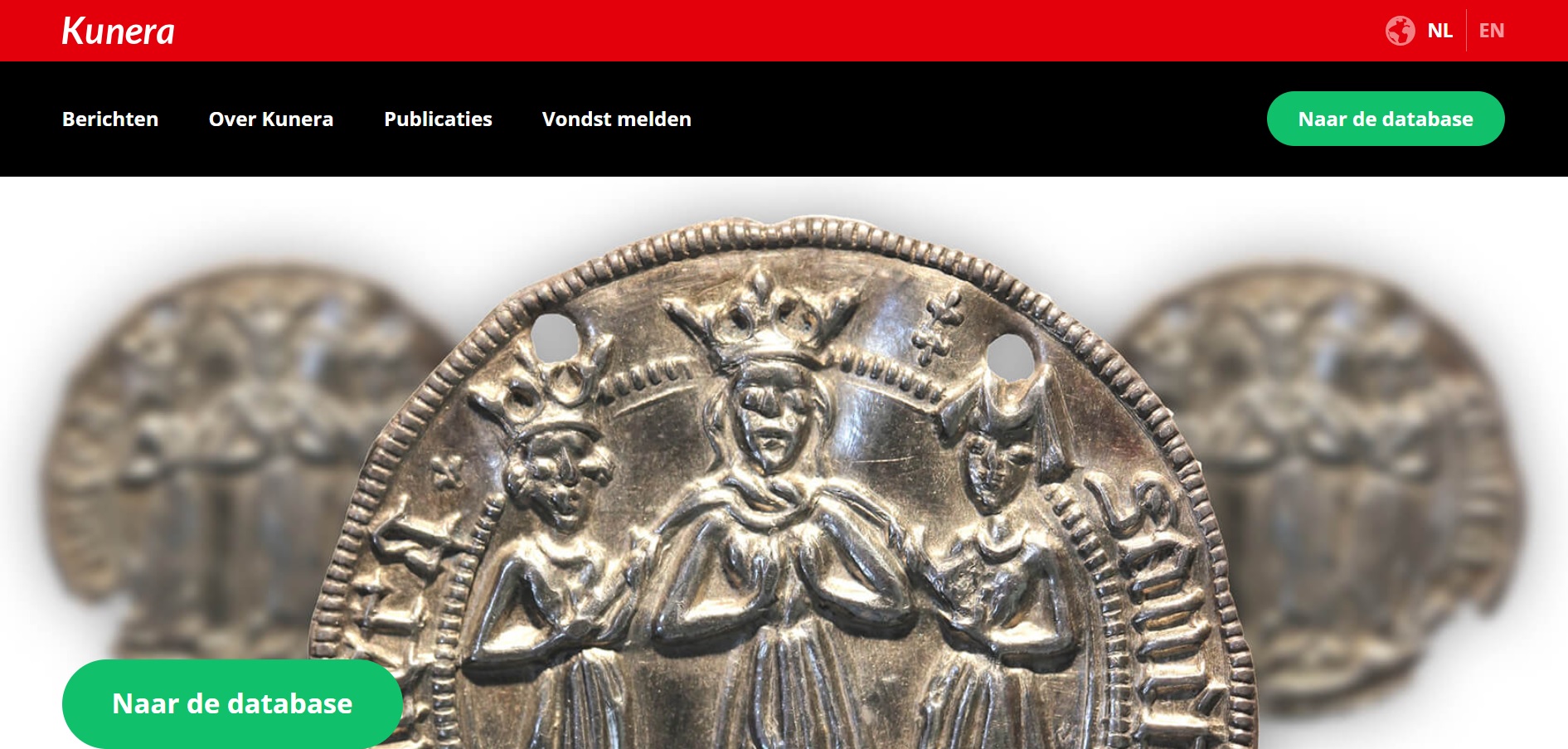About
Late medieval badges and ampoules testify to the rich and fascinating visual culture of the late Middle Ages.
The Kunera website provides access to more than 26,000 badges and ampoules. These provide an insight into a part of the medieval world that often remains invisible. The representations range from Christ, Mary and the saints to plants and animals, utensils, literary and even sexual subjects. Like no other medium, badges and ampoules offer insight into the rich visual culture of the late Middle Ages. After all, some of the performances shown do not occur in other art forms from the same time. Cheap castings were crucial for the spread of images from the late twelfth to the mid-sixteenth century. Pilgrimage souvenirs that were made in one place and lost and thrown away in another also provide insight into people’s travel behavior. Where did pilgrims travel? What distances were covered? Some places of pilgrimage attracted pilgrims from far away, others only from close by. The pilgrimage sites and sites are plotted on a map, making the distribution of the objects and people’s travel patterns visible at a glance.The purpose of Kunera as a research project at Radboud University Nijmegen is twofold. On the one hand, we try to increase knowledge about late medieval (visual) culture and make it available to a broad audience of (amateur) archaeologists, scientists and interested parties. On the other hand, the database serves a documentary purpose. Badges and ampoules are often made of a cheap tin-lead alloy. The matter is irreversibly subject to oxidation when the objects are exposed to oxygen after excavation. Slow degradation of vulnerable objects is unavoidable. We also have unique copies of most of the recovered badges and ampoules, despite their serial production. Only rarely are objects found from the same casting mould.In addition to the registration of material data, that of discovery circumstances is important. Especially when badges are in private hands, information about their location and origin is rarely recorded, which means they are often lost. Kunera therefore strives to document and photograph as many badges as possible to preserve the valuable information of this (art) historical material for the future.
